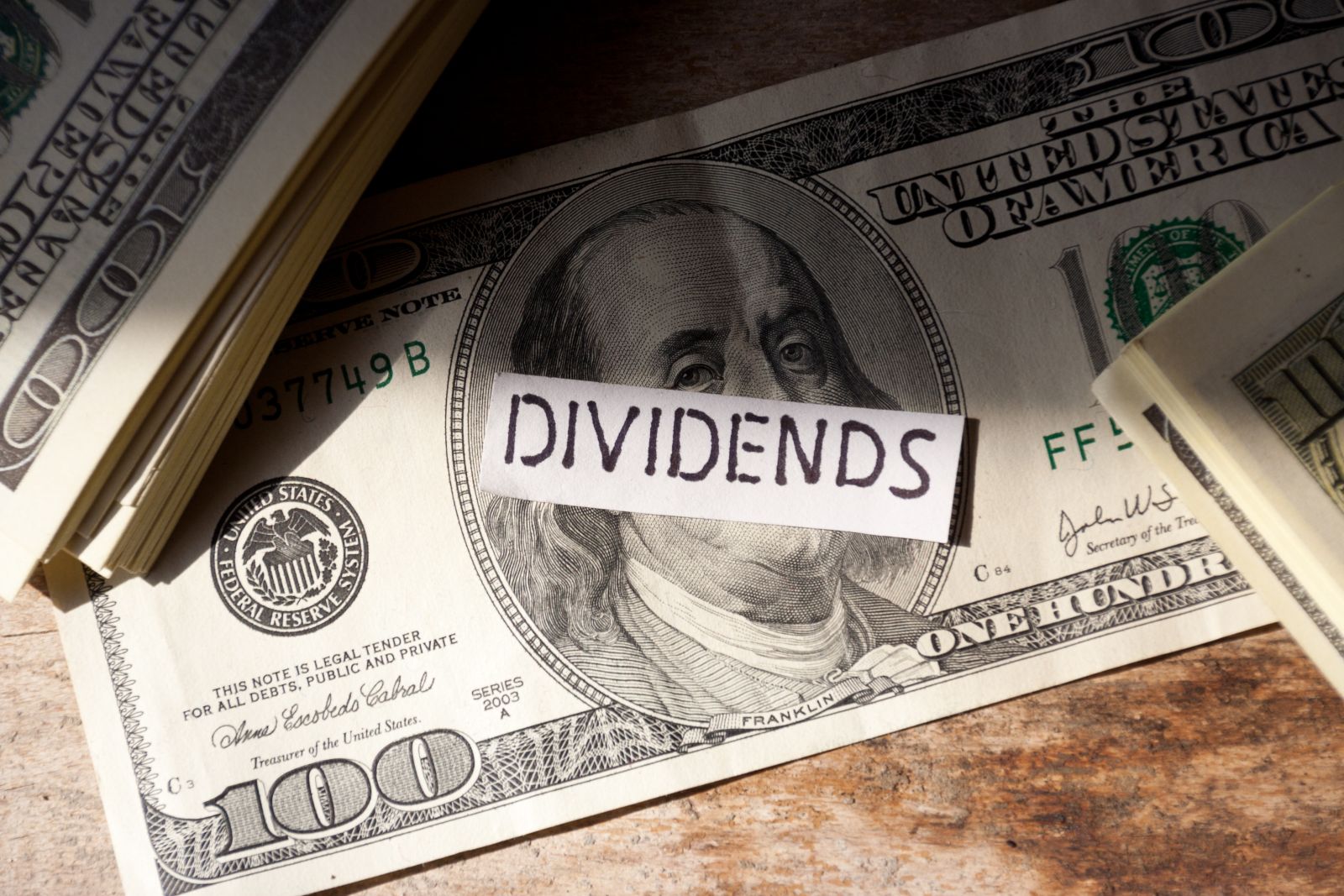This Dividend Stock Is Facing the ‘Most Challenging’ Conditions Ever. Should You Buy the Dip?

The global meat market is expected to hit $1.55 trillion in revenue for 2025, growing at about 6.23% each year. But even with that kind of growth, Tyson Foods (TSN) is having a rough time, especially with its beef business, which has run into some of the toughest conditions the company says it’s ever seen.
When a steady dividend stock like Tyson admits it’s facing the“most challenging” conditions ever in its beef business, people naturally pay attention. Tyson is a major force in the U.S. food industry, with over $53 billion in yearly sales and a market value close to $20 billion, but its stock hasn’t kept up with the S&P 500 Index ($SPX) this past year. TSN stock is down 5.9% over the past 52 weeks while the index rose 8.5%.
The company’s dividend yield is a solid 3.61%, helped by more than 30% growth in payouts over the last five years, which is no small feat. Wall Street analysts are holding on to a “Moderate Buy” rating and see more room for the stock to climb. So, is this beaten-up dividend stock ready for a comeback, or is it still too risky for those looking for steady income? Let’s take a closer look.
How Tyson’s Numbers Reflect Its Toughest Market Yet
Tyson Foods (TSN) is known for brands like Tyson, Jimmy Dean, and Hillshire Farm, and it sells everything from beef and chicken to pork and ready-to-eat meals. This variety has always helped Tyson stay strong, but 2025 has really put the company to the test.
High cattle costs and smaller profit margins have challenged its beef business, with CEO Donnie King calling this the “most challenging market conditions” Tyson’s beef segment has ever faced.
Even with these problems, Tyson Foods is hanging in there. In the first half of 2025, sales grew 1.2% to $26.7 billion. GAAP operating income was up 25% year-over-year, and adjusted operating income jumped 44%.
Adjusted earnings per share rose 57% to $2.06, but free cash flow, while still positive at $382 million, was lower than last year.
Contributors like Sohini Mondal have pointed out that, while Tyson keeps beating earnings estimates, its stock still lags behind its competitors because of ongoing cost pressures and other challenges. Tyson’s forward price-earnings ratio is 14.8x, just under the sector average of 16.2x, which shows the market knows things are tough right now.
So, overall, Tyson could be a good pick for investors who are willing to look past the current beef troubles and focus on the company’s dividend and long-term potential.
What’s Fueling Tyson’s Resilience and Future Growth?
What’s helping Tyson Foods stay steady during what it calls the toughest market in its history? CEO Donnie King has talked about how Tyson’s focus on operations, cutting costs, and using more digital tools has helped the company grow sales and adjusted operating income for four quarters in a row, even though beef profits have taken a hit.
King says that having a mix of different proteins, like chicken, pork, and prepared foods, gives Tyson an edge, especially now that more shoppers are picking chicken and ready-made meals over pricier beef. This flexibility has helped Tyson keep cash flowing.
Plus, Tyson’s dividend stands out. The company has raised its dividend for 13 years straight, and right now it pays a solid 3.61%, above the consumer staples average of 1.89%. Tyson pays $2.00 per share each year, and with a payout ratio of 48%, the company is committed to rewarding shareholders.
Is Tyson Foods a Buy According to Analysts?
The nine analysts covering Tyson give it a consensus “Moderate Buy” rating with a consensus price target of $65.10, implying 18% upside from current levels.
Conclusion
Tyson Foods isn’t out of the woods yet, but it’s far from a lost cause. The company’s beef business is clearly under pressure, yet its solid dividend, steady cash flow, and resilient chicken and prepared foods segments offer real reasons to stick around.
With analysts seeing meaningful upside potential and management doubling down on operational improvements, Tyson looks like a classic case of a good company weathering a rough patch. For investors with patience and an appetite for yield, buying the dip might just pay off, especially if Tyson’s turnaround story keeps gaining traction.
On the date of publication, Ebube Jones did not have (either directly or indirectly) positions in any of the securities mentioned in this article. All information and data in this article is solely for informational purposes. For more information please view the Barchart Disclosure Policy here.